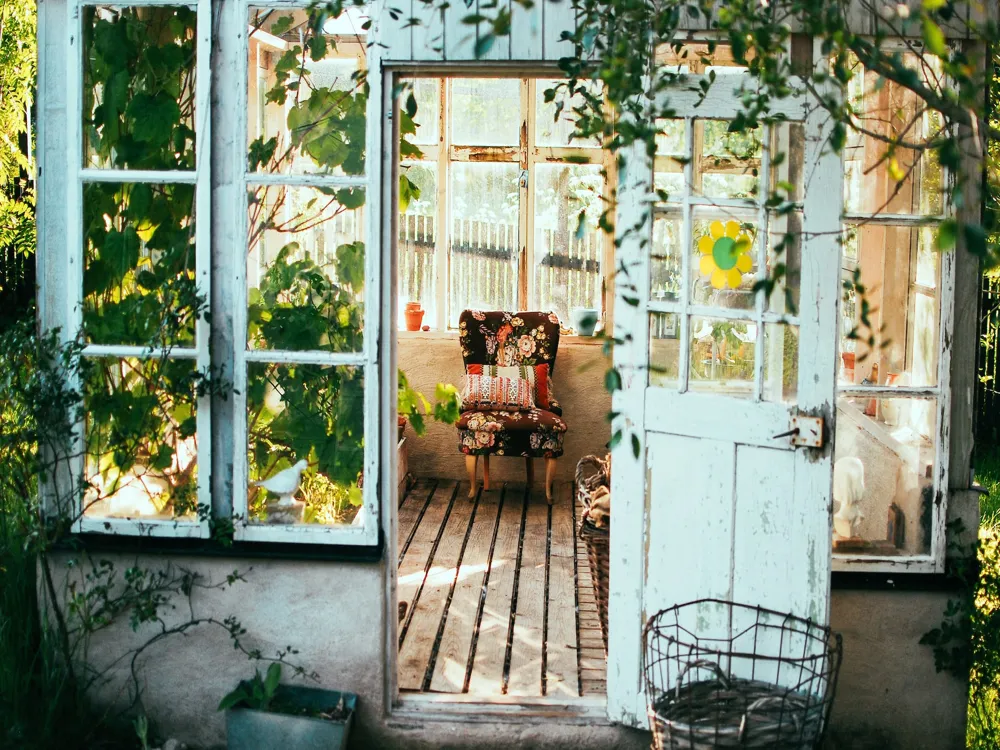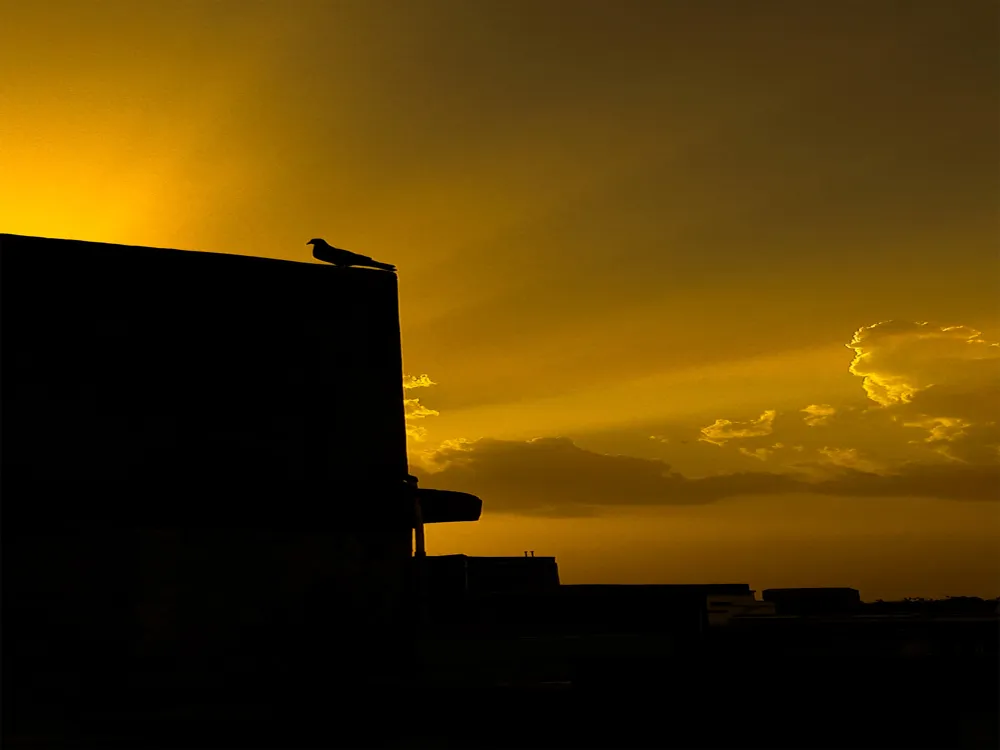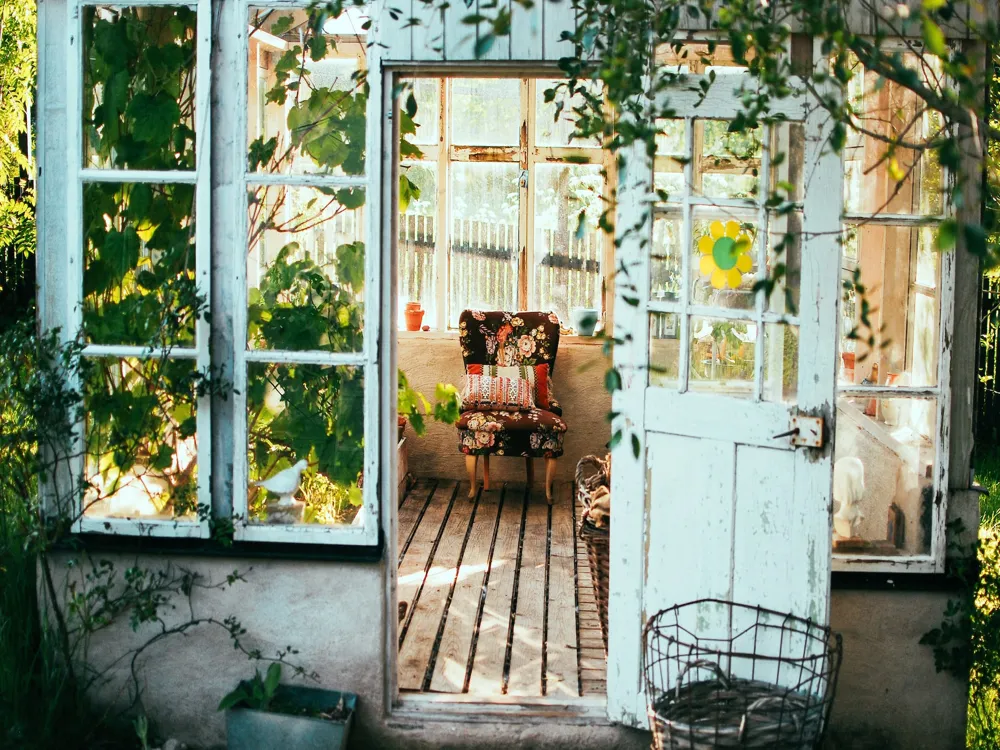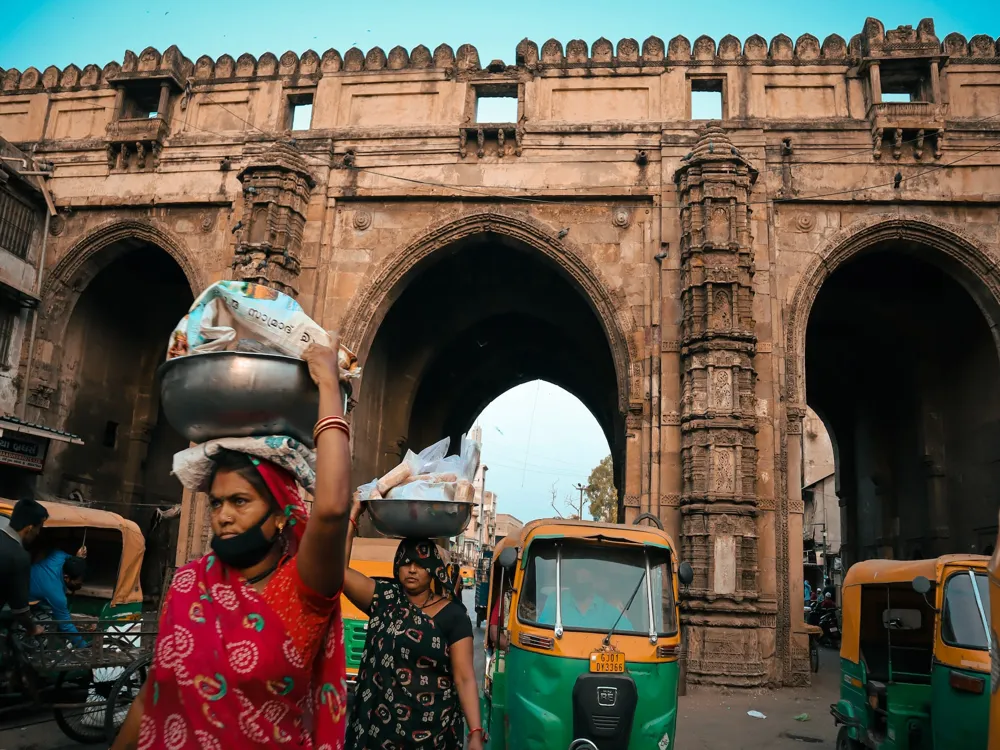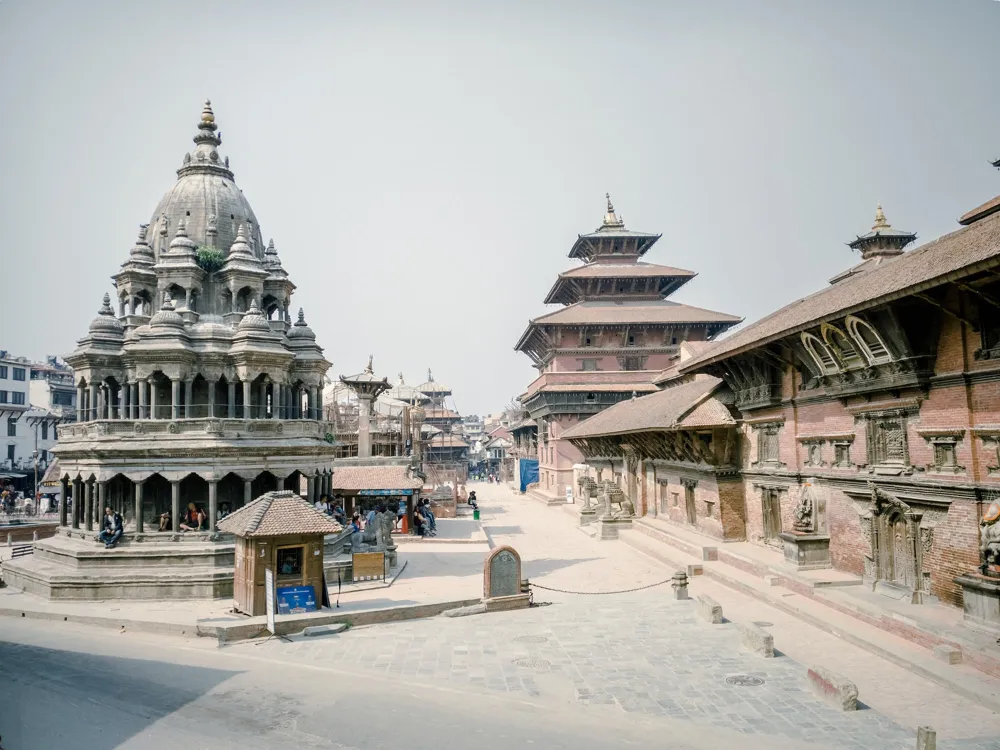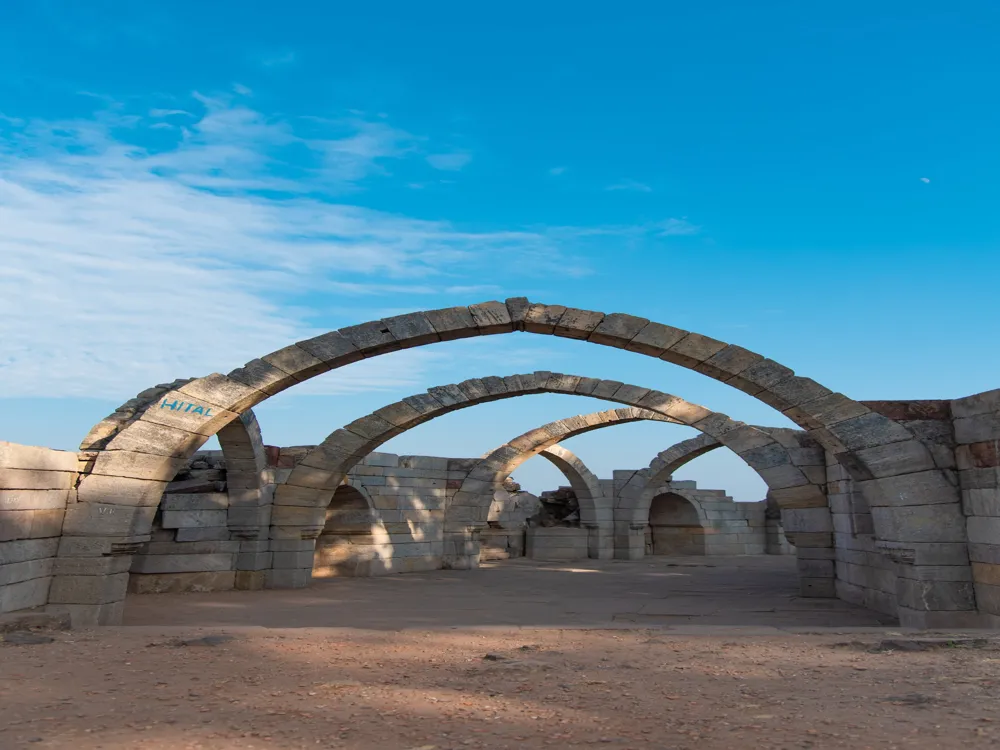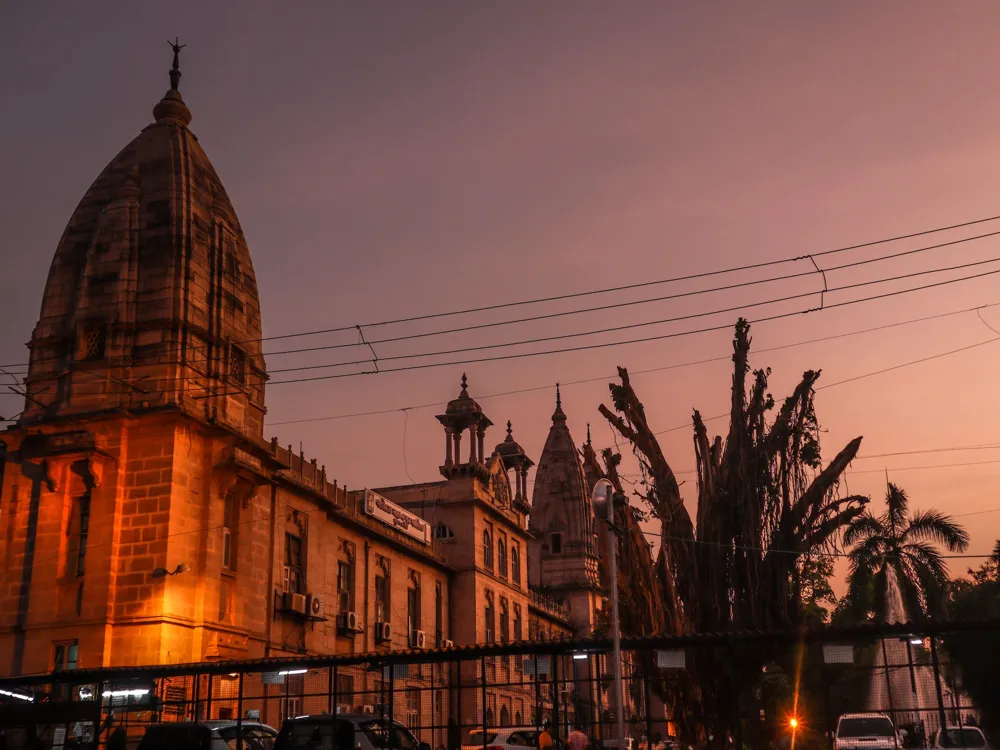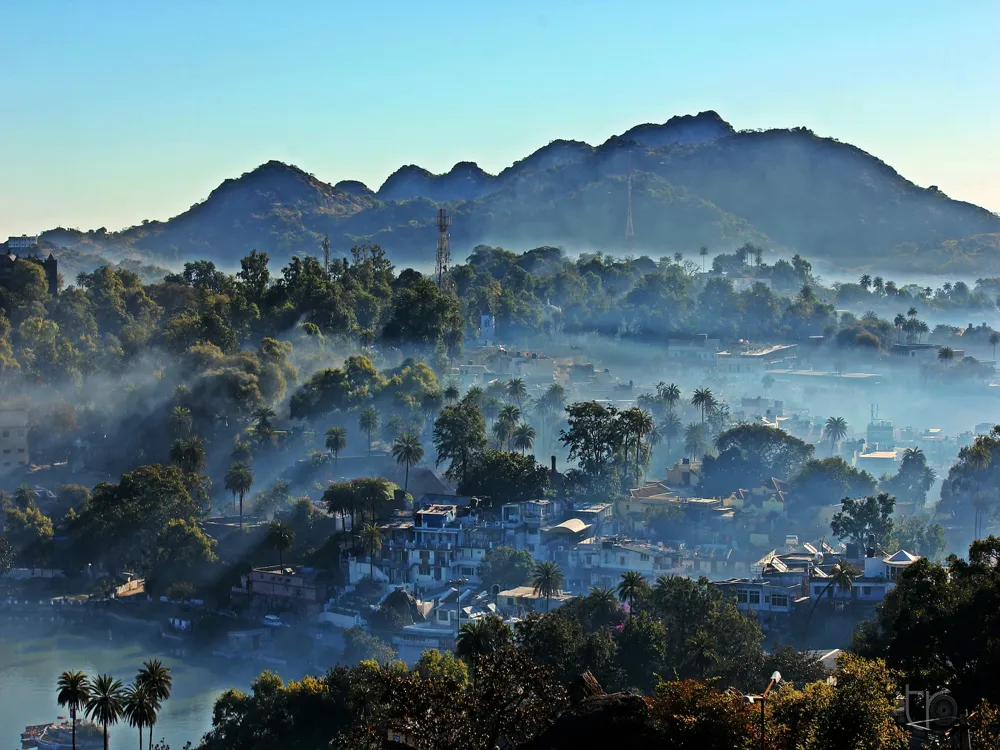The Jhulta Minar, also known as the Shaking Minarets, stands as a testament to the architectural brilliance of the medieval period in Ahmedabad, Gujarat. This historical structure, part of the Siddi Bashir Mosque, is renowned for its unique phenomenon: when one minaret is shaken, the other minaret vibrates too, while the connecting passage remains unaffected. This architectural marvel has intrigued architects and engineers worldwide for centuries. The origin of Jhulta Minar dates back to the 15th century, built under the rule of Sultan Mahmud Begada. The minarets, approximately 21 meters in height, are designed in an exquisite blend of Indo-Islamic architectural style, featuring intricately carved balconies and arched windows. The mosque and minarets were constructed with sandstone, and the precise mechanism behind the shaking phenomenon remains a mystery to this day. Over the years, Jhulta Minar has attracted tourists and scholars alike, curious to unravel the secrets behind its construction. Despite several theories, the exact reason behind the synchronous vibration of the minarets is still unknown, making Jhulta Minar a subject of wonder and speculation in the architectural world. The architecture of Jhulta Minar is a blend of artistic and engineering prowess, reflecting the ingenuity of ancient craftsmen. The minarets, part of the Siddi Bashir Mosque, are built in a manner that allows them to vibrate in tandem. Each minaret is three stories tall, with beautifully carved balconies encircling each level. The intricate carvings on the minarets showcase floral motifs and geometric designs, typical of the Indo-Islamic architectural style prevalent during that era. The structure is primarily made of sandstone, with a sturdy base and a narrow top. The minarets are connected by a central pavilion, which astonishingly remains stationary when the minarets vibrate. The design of the minarets incorporates elements that enhance their acoustic properties, allowing sound to travel effectively through the structure. Many theories have been proposed to explain the shaking mechanism of Jhulta Minar. Some suggest the use of a flexible material in the foundation, while others believe it to be an intentional design to protect the structure against earthquakes. Despite various studies and research, the true technology and science behind this architectural wonder remain a mystery, adding to its allure and charm. Plan your visit during the cooler months, from November to February, to avoid the intense heat of Ahmedabad. Mornings are particularly pleasant for a serene experience. Visitors are advised to dress modestly, keeping in mind the religious significance of the site. It is also important to maintain decorum and respect the tranquility of the mosque area. For photography enthusiasts, the intricate carvings and the play of light and shadow on the minarets offer an excellent opportunity for capturing stunning images, especially during sunrise or sunset. Engaging a local guide can enrich your experience, providing insights into the history and legends associated with Jhulta Minar. While the area is generally safe, it's advisable to take care of personal belongings and stay hydrated, especially during the summer months. Jhulta Minar is well-connected and easily accessible from various parts of Ahmedabad. Visitors can opt for public transportation like buses or auto-rickshaws. The nearest railway station is the Ahmedabad Junction, and the Sardar Vallabhbhai Patel International Airport is around 10 kilometers away. For those who prefer private transportation, cab services are readily available throughout the city. Read More:Overview of Jhulta Minar in Ahmedabad, Gujarat
The architecture of Jhulta Minar
Tips When Visiting Jhulta Minar
Best Time to Visit
Dress Code and Conduct
Photography Tips
Local Guides
Safety Precautions
How To Reach Jhulta Minar
Jhulta Minar
Ahmedabad
Gujarat
NaN onwards
View ahmedabad Packages
Weather :
Tags : Monument
Timings : 5:30 AM - 9:00 PM
Time Required : 1-2 hours
Entry Fee : No entry fee
Planning a Trip? Ask Your Question
Also Refered As:
Sidi Bashir Mosque
Ahmedabad Travel Packages
View All Packages For Ahmedabad
Top Hotel Collections for Ahmedabad

Private Pool

Luxury Hotels

5-Star Hotels

Pet Friendly
Top Hotels Near Ahmedabad
Other Top Ranking Places In Ahmedabad
View All Places To Visit In ahmedabad
Faq on Ahmedabad
What is Jhulta Minar in Ahmedabad?
Jhulta Minar, also known as Shaking Minarets, is a unique architectural marvel located in Ahmedabad, India. It is famous for its mysterious shaking or swaying motion when one of the minarets is pushed or shaken.
Why do the minarets of Jhulta Minar shake?
The exact reason behind the shaking of the minarets at Jhulta Minar remains a subject of debate among historians and architects. Some attribute it to the structural design of the minarets, while others believe it could be due to a seismic effect or resonance.
How old is Jhulta Minar in Ahmedabad?
Jhulta Minar dates back several centuries, with estimates suggesting its construction during the 15th century. It is considered a significant historical monument in Ahmedabad, showcasing the architectural prowess of the time.
What is the architecture style of Jhulta Minar?
Jhulta Minar exhibits a blend of Indo-Islamic architectural styles. Its intricate carvings, arches, and ornamentation reflect the craftsmanship of the artisans of that era.
Can visitors climb Jhulta Minar?
As of now, climbing Jhulta Minar is not permitted due to safety concerns and preservation efforts. Visitors can, however, observe the minarets from a close distance and marvel at their unique design.
View ahmedabad Packages
Weather :
Tags : Monument
Timings : 5:30 AM - 9:00 PM
Time Required : 1-2 hours
Entry Fee : No entry fee
Planning a Trip? Ask Your Question
Sidi Bashir Mosque
Ahmedabad Travel Packages
View All Packages For Ahmedabad
Top Hotel Collections for Ahmedabad

Private Pool

Luxury Hotels

5-Star Hotels

Pet Friendly
Top Hotels Near Ahmedabad
Other Top Ranking Places In Ahmedabad
View All Places To Visit In ahmedabadFaq on Ahmedabad
What is Jhulta Minar in Ahmedabad?
Jhulta Minar, also known as Shaking Minarets, is a unique architectural marvel located in Ahmedabad, India. It is famous for its mysterious shaking or swaying motion when one of the minarets is pushed or shaken.
Why do the minarets of Jhulta Minar shake?
The exact reason behind the shaking of the minarets at Jhulta Minar remains a subject of debate among historians and architects. Some attribute it to the structural design of the minarets, while others believe it could be due to a seismic effect or resonance.
How old is Jhulta Minar in Ahmedabad?
Jhulta Minar dates back several centuries, with estimates suggesting its construction during the 15th century. It is considered a significant historical monument in Ahmedabad, showcasing the architectural prowess of the time.
What is the architecture style of Jhulta Minar?
Jhulta Minar exhibits a blend of Indo-Islamic architectural styles. Its intricate carvings, arches, and ornamentation reflect the craftsmanship of the artisans of that era.
Can visitors climb Jhulta Minar?
As of now, climbing Jhulta Minar is not permitted due to safety concerns and preservation efforts. Visitors can, however, observe the minarets from a close distance and marvel at their unique design.








